It has been four years since I last reviewed a premium Sigma DN prime lens designed specifically for APS-C. The last one that I tested was the Sigma 56mm F1.4 DN, which impressed me as a portrait/short telephoto lens that was extremely sharp (one of the sharpest APS-C lenses that I’ve tested). Sigma is finally back with a new entry in the line-up, and this one covers the incredibly important full frame equivalent 35mm focal length. The Sigma 23mm F1.4 DC DN Contemporary is (according to Sigma) the APS-C equivalent of their 35mm F1.4 DN ART lens, though, as we’ll see, Sigma’s design brief for the APS-C series follows a different formula than their full frame lenses. Here’s a look at the DC (APS-C) DN (mirrorless) lineup thus far.
Sigma’s DC DN series has become even more important now that Fuji has lifted their restrictions on third party development for the platform, as the Fuji X-mount is a place where these lenses can really thrive – particularly considering that fact that Sigma likes to make high resolving lenses and Fuji currently has the highest resolving APS-C cameras! I’m doing this review on Sony E-mount, but I would love to see this Sigma 23mm (and other lenses from the series) on a Fujifilm X-H2 and its 40.2MP sensor! You can also get this lens in a Leica L mount, though there aren’t any L-mount APS-C bodies and you would be using it in APS-C mode on one of the high resolution full frame models. While I’ve done my formal tests on a Sony a6400 (along with some of the sample photos), I actually enjoy the lens much more on my 50MP Sony Alpha 1 in APS-C mode because I vastly prefer the ergonomics, viewfinder, IBIS, and focus system of that camera. I’ve recently said that the best APS-C camera that Sony has at the moment is the a7RV in APS-C mode!
The 35mm focal length is one of my favorites, as it works very well as a general purpose walkaround focal length, good for landscapes, cityscapes, street, and people portraits. This Sigma 23mm F1.4 covers that focal length with aplomb, with plenty of sharpness, nice color, and fairly good bokeh.
The maximum aperture of F1.4 is always attractive, as it gives you low light versatility along with creative depth of field options. I’ll explore the strengths and weaknesses of the lens in this review. So now you have a choice: watch the video review below or read on to get the full picture.
Follow Me @ YouTube | Patreon | Instagram | Facebook | DA Merchandise | Flickr | 500px
Thanks to Gentec (Sigma’s Canadian Distributor) for sending me a pre-release review loaner of this lens. As always, this is a completely independent review. *The tests and most of the photos that I share as a part of my review cycle have been done with the Sony a6400 along with the Sony Alpha 1 which will serve as my benchmark camera for the foreseeable future (my review here).
Sigma 23mm F1.4 Build and Handling
While the 23mm F1.4 is much smaller and lighter than the full frame equivalent 35mm F1.4, it isn’t a particularly small lens by APS-C standards. It is 65.8mm (D) x 78.9mm in length (for Sony E – it is slightly shorter for Leica L and slightly longer for X-mount). That’s 2.6″ x 3.1″. The filter size is 52mm, and the lens weighs in at 330g or 11.6oz. There are a few competitors if we widen the net to include Fuji X-mount, and the Sigma is middle of the pack in terms of size and weight though at the larger end of the spectrum (the Fujinon XF 23mm F1.4 LM is slightly larger and heavier).
The Sigma also falls short of the Fuji lens in price at $549 USD, though it is significantly more expensive than either the Viltrox or Tokina budget alternatives (both available right under $300).
Sigma’s build quality on these lenses is quite nice. Though they position this lineup under their “Contemporary” branding, the aesthetic and feel of the lens isn’t really different than their ART series. The design language and materials are quite similar…just smaller.
The Sigma 23mm F1.4 has a weather sealing gasket at the lens mount, which isn’t quite as good as having further seals inside the lens itself, but it’s something.
The lens barrel is primarily dominated by a large, nicely made manual focus ring. Like other lenses designed for mirrorless cameras, this is a focus-by-wire system in which input from the focus ring is routed through the focus motor. It is actually the focus motor that moves the elements, making manual focus more of an emulation than a direct movement of the elements. Some lenses pull this off better than others, and the Sigma 23mm F1.4 is one of them. I will note that the lens will automatically alert the body to magnify the image when you are manually focusing, which is a big help in visually confirming focus.
The 56mm DC can focus down to 9.8″ (25cm), where it provides a 0.136x magnification figure. That’s not particularly high for a 35mm focal length, and the Fujifilm 23mm can focus closer (19cm) and has a significantly higher 0.20x magnification, though this is an area where both the Tokina and Viltrox come up short with just a 0.10x magnification level. Here’s what MFD for the Sigma looks like.
The magnification figure isn’t exceptionally good, but up close performance is looks pretty decent (though with some reduced contrast), and for some reason I felt like I could a little closer and get a little higher magnification than what the figure on paper suggests. It’s definitely enough to be useful.
The lens hood is included, and Sigma’s lens hoods are a cut above the basic hoods included with many lenses. They include some soft-touch materials, texture variations, and lens information.
The aperture iris is electromagnetic and controlled from within the camera (no aperture ring). It has nine rounded aperture blades that do a fairly good job of retaining a circular shape even with the lens stopped down. At F2 we have circular specular highlight all across the frame, and the geometry is pretty good even wide open. At F2.8 I can see a hint of the aperture blade shape, but everything is still roughly circular. Here’s a series at F1.4, F2, and F2.8.
All in all this is a beautifully made little lens. I did miss having both an aperture ring and an AF/MF switch, and wouldn’t mind seeing Sigma shake up the formula moving ahead to be more directly competitive on the Fuji space. Viltrox is including at least an aperture ring even on Sony E mount, and their recent Pro AF 75mm F1.2 (currently just out for Fuji X, but expected for Sony E) has more thorough weather sealing, an aperture ring, and an AF/MF switch for about the same money as this Sigma lens. The standard in the class is changing, and I would like to see Sigma adapt in the same fashion they have with their full frame offerings.
Sigma 23mm F1.4 DN Autofocus
Sigma continues to utilize a stepping focus motor (STM) in these smaller lenses as the elements are smaller and lighter than lenses with an F1.4 aperture designed for full frame. For the most part the STM focus motor gets the job done here, though there was an area that left me wanting a little bit. In most situations, however, focus was fast, quiet, and accurate.
Eye AF seemed to work fine whether I was photographing a human or animal subject:
As per usual, I enjoyed autofocus more when using the lens in APS-C mode on my Alpha 1 than on the a6400, but that’s more a reflection of the fact that the Alpha 1 just has a better, well, everything. For my “walkabouts” in the woods focus was fast and accurate on various subjects that caught my eye…allowing the optics to really shine.
During my focus pull test I heard no focus noise despite working in a near silent environment. Focus pulls were smooth and quick without pulsing or settling. There is a moderate amount of focus breathing that takes place during focus pulls.
The area where I was less than impressed was during my “hand test”. I ran it multiple times, and the second time I was deliberately very slow with my transitions of either putting my hand up or removing it, but I still found focus changes very sluggish (this was on the a6400). I didn’t have a successful transition where focus had fully pulled to my hand before I removed it…even when I was deliberately moving much slower than usual. I’m not quite sure what to blame that on.
Focus worked fine for gimbal footage and for video tracking in general; just don’t expect rapid focus transitions in some situations. My assistant, Craig, noted in his review that the Sigma did a great job staying properly focused on the subject as both the subject and the camera moved around.
But I had good results for general photography.
In short, the focus system is excellent, and I have no really concerns to report.
Sigma 23mm F1.4 Image Quality Breakdown
Sigma’s lineup of F1.4 DC DN lenses have all been very strong optically, and the 23mm F1.4 is no exception. It essentially becomes the second sharpest lens in the lineup, falling only behind the 56mm F1.4 in absolute performance. Here’s a look at the MTF charts for each of the lenses along with the 35mm F1.4 ART for comparison.
This suggests a very strong performance across about 2/3rds of the frame before a drop in the corners. This should be a sharper lens than the full frame 35mm F1.4…and images are definitely VERY sharp.
Let’s take at some of the technical aspects of performance. Sigma lenses enjoy good profile corrections on either Sony, Fuji, or Leica platforms, but we’ll look past the corrections to the optics of the lens itself. Here’s a look at my vignette and distortion chart, with the uncorrected result on the left and a manually corrected result on the right.
There’s a moderate amount of barrel distortion (I corrected with a +9), but it is nice and linear, so I was able to correct it without any mustache type pattern left behind. Vignette is roughly 2 stops in the corner, and again it corrected in a linear fashion, so no concerns there. I actually felt like the Sigma RAW profile for Lightroom slightly overcorrected the distortion and created a bit of pincushion distortion.
It isn’t unusual for a wide aperture prime lens like this one to suffer from some longitudinal chromatic aberrations (LoCA), and that’s true here. I noticed most strongly during video work where some fringing was apparent in bright areas. It is most prominent near the window frames, though I also see some purple fringing in some other zones. Here’s a screen shot to depict what I see:
I didn’t see much LoCA in my stills photos, however, and a pull across the black and white lines on my test chart didn’t show a lot of fringing either. I would say that you’ll just have to watch out for certain scenarios that trigger it, and, if you do see it, stopping down to F2 or F2.8 will resolve that.
I saw little evidence of lateral chromatic aberrations (LaCA) along the edge of the frame in either my chart tests or any real world images (all of these bare branches are prime breeding grounds for LaCA:
Nothing too concerning here. We’ll move on to testing sharpness. The sharpness tests are done on the Sony a6400, which has 24MP of resolution. Here’s a look at the test chart we’re using for the tests.
If we look closely wide open at F1.4 (crops are at roughly 200%), we find that the lens produces extremely strong resolution results across most of the frame. Yes, you can see that the extreme corners are softer, but they are still not bad.
Here’s an F1.4 shot from a golf course that looks great at a global level but holds up even when viewed at a pixel level.
Closer shots show great sharpness and contrast even at high magnification levels.
This is actually a lens I would be interested in revisiting on a high resolution Fuji body like the X-H2 when Sigma releases it on X-mount (summer 2023), as I would love to see how it handles the extreme resolution there.
The Sigma 23mm F1.4 also showed very good centering, with consistent sharpness everywhere I looked.
Stopping down to F1.8 produced slightly higher level of contrast – not significant, but enough to be noticeable. By F2 there is a definitive improvement in the corners.
By F2.8 we have reached very near peak sharpness, with only the tiniest corner improvement by F5.6. This F4 image shows great detail and contrast across the frame.
After F5.6 there is a mild softening effect as diffraction starts to set in. By F16 (minimum aperture) diffraction has really softened the image even on the 24MP resolution sensor. Expect the effect to be worse still on a very high resolution Fuji body.
We’ve established that this is a very sharp lens, but what softness where it is wanted (aka bokeh)? I noted this as a weakness of the 56mm F1.4, as while it could compete with and even best most full frame 85mm lenses in terms of sharpness, the bokeh wasn’t as soft and creamy as many of them. I would say the same is true here, as while the bokeh is reasonably nice, I do see quite a bit of outlining in out of focus areas that should be nice and soft. Take a look at this image of an interesting fallen tree. The sharpness of the place where the branch once was is fantastic, but you can see a lot of outlining in the bed of fallen leaves in the background where it should be just soft and creamy.
Likewise this shot of a lock shows some busyness in the background beyond it, too.
For some perspective, here’s a shot that I took to match the Sigma though under less ideal conditions (rainy and dark). I framed the two shots in a similar fashion. I used an F1.8 lens on full frame rather than a F1.4 lens due to the difference in depth of field between the two sensors. The Samyang image on the right presents with softer bokeh and less outlining in the background.
This is not to say that the Sigma bokeh is bad (it’s not), but just to illustrate the point that in the balance between sharp and soft, the Sigma slightly tilts towards sharpness…in my opinion. Bokeh is subjective, however, so I’ll share a few more “bokeh shots” here to allow you to form your own opinion.
Color rendition is nice, with good color saturation but without a skewing towards garish:
Here’s another nice shot from the lens.
I was also impressed with flare resistance. I shot into the sun pretty much with impunity. There was little loss of contrast and no big ghosting blobs to ruin the image, and as a bonus, the sunstars look pretty good, too.
There are essentially no better lenses optically at this focal length that I’ve seen thus far. The Sigma 23mm F1.4 provides images that are going to delight with their detail, and with the move to higher resolution APS-C cameras in this generation, having such high performance is going to be even more important. You can check out even more photos by visiting the lens image gallery here.
Conclusion
It’s always nice to see new development for APS-C, and it has been several years since we’ve seen a new APS-C specific prime lens from Sigma. Their recent move to start developing for Fuji X-mount may help spur more development, as the more platforms that each lens can be sold for helps Sigma get a better return for their investment. Between Sony E, Leica L, and Fuji X mounts there should be plenty of potential buyers for the Sigma 23mm F1.4 DC DN | Contemporary lens. The fact that this lens covers an important focal length so well surely won’t hurt, either. Only Fuji has a more feature rich option at the 23mm focal length, and it retails for $350 more than the Sigma.
The Sigma delivers on most fronts with great optics, a nice build, reasonable size and weight, and quick autofocus. When I reviewed the 56mm a few years back the standard in the industry was for APS-C lenses to be bare bones, so even the fact that there was a weather sealing gasket was a bonus. That standard has changed, however, and it feels like a $550 lens like this should come with a few more features in 2023.
My list of complaints about this lens is pretty brief. There’s a lot of things that the Sigma 23mm F1.4 does well, and I’d be hard pressed to point to a better 35mm equivalent lens for APS-C. There’s going to a be a lot of photographers who love this lens for its amazing sharpness, compact size, and large maximum aperture. It’s a great compliment to other standouts in the series, and I suspect it will be welcomed in the Fuji, Sony, and Leica platforms by future owners.
Pros:
- Beautifully built lens with some weather sealing
- Compact and lightweight
- Large, bright maximum aperture.
- Exceptional sharpness across the frame
- Very high contrast
- Good color rendition
- Excellent flare resistance
- Fast, silent autofocus
- Excellent focus accuracy (including with Eye AF)
Cons:
- No aperture ring or AF/MF switch
- The bokeh is a little busy
Purchase the Sigma 23mm F1.4 DN @ B&H Photo | Adorama | Amazon | Camera Canada | Amazon Canada | Amazon UK | Amazon Germany
Purchase the Sigma DN 56mm F1.4 C @ B&H Photo | Amazon | Amazon Canada | Amazon UK | Amazon Germany | Ebay
Purchase the Sony a7IV @ B&H Photo | Amazon | Camera Canada | Amazon Canada | Amazon UK | Amazon Germany
Purchase the Sony Alpha 1 @ Camera Canada | B&H Photo | Amazon | Amazon Canada | Amazon UK | Amazon Germany | Ebay
Purchase a Sony a9M2 @ B&H Photo | Amazon | Camera Canada | Amazon Canada | Amazon UK | Amazon Germany | Ebay
Want to support this channel? Use these affiliate links to shop at: B&H Photo | Amazon | | Camera Canada | Ebay | Make a donation via Paypal
Buy DA Merchandise https://bit.ly/TWIMerch
Peak Design Leash Strap: Peak Design Store | B&H Photo | Amazon | Amazon Canada | Amazon UK
Adobe Photoshop Creative Cloud 1-Year Subscription
Get a discount off all Skylum Editing Software (Luminar, Aurora HDR, AirMagic) by using code DUSTINHDR at checkout:
Visit Dustin’s Amazon Storefront and see his favorite gear
Purchasing your gear through B&H and these links helps fund this website and keeps the articles coming. You can also make a donation here if you would like. Visit my Amazon page for some of my gear of choice! Thank you for your support.
Purchasing your gear through B&H and these links helps fund this website and keeps the articles coming. You can also make a donation here if you would like. Visit my Amazon page for some of my gear of choice! Thank you for your support.
Receive a 5% discount on all purchases at Amplis Foto, Canada’s Leading Photographic Supplier. Please enter discount code: AMPLIS52018DA in your cart. It is good for everything in your cart, and is stackable with other coupons, too! It will take 5% off your entire order! Proceeds go towards keeping this site going and providing you with new reviews!
Use Code “DUSTINHDR” to get $10 off ($15 CDN) any Skylum product: Luminar, Aurora, or AirMagic
Keywords: Sigma 23mm F1.4 DN, Sigma 23mm, Sigma 23mm, Sigma 23mm review, Sigma 23mm F1.4 DC DN, DC, DN, Contemporary, 23mm, F1.4, f/1.4, Review, Fuji X, Sony E, Review, Telephoto, Action, Tracking, Hands On, Dustin Abbott, Real World, Comparison, Sharpness, Bokeh, Flare Resistance, Autofocus, Image Quality, Sample Images, Video, Photography, Sony a6400, Sony a6600, Fujifilm X-T5, Fujifilm X-H2, let the light in, #letthelightin, DA, #SIGMA, #SIGMA23mmContemporary, #SIGMAContemporary, #SIGMAContemporaryPrime, #SIGMADCDN



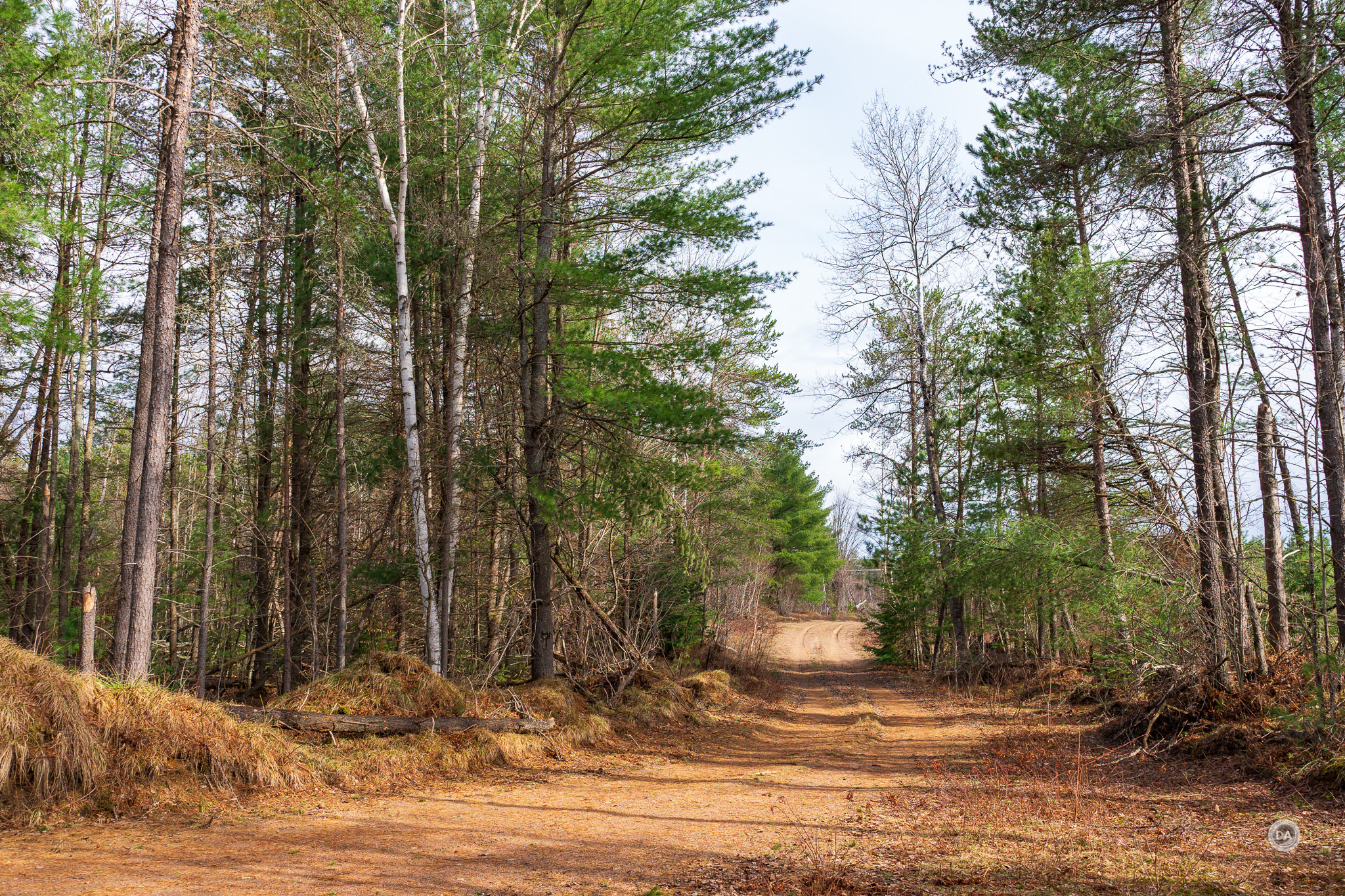
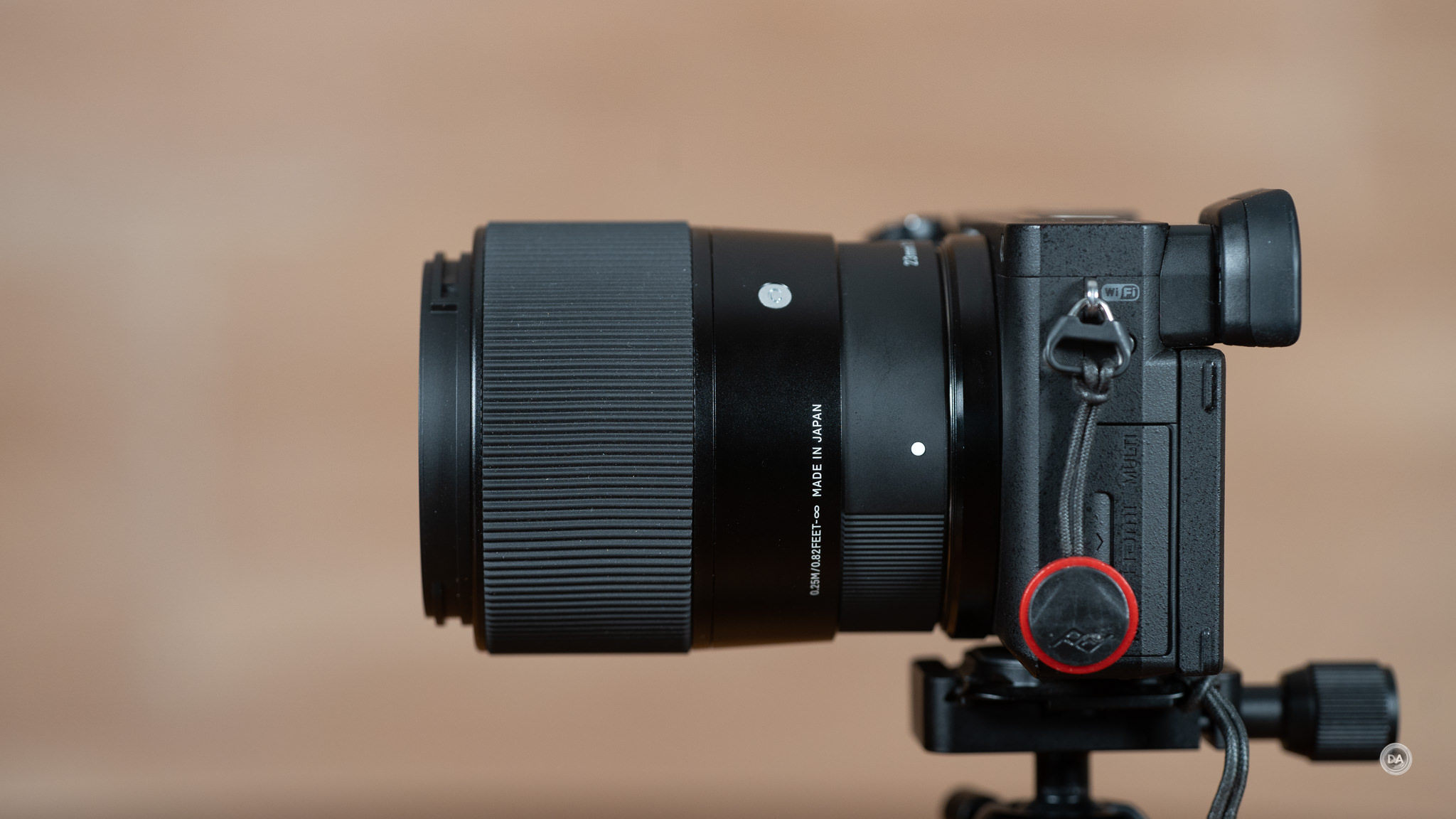
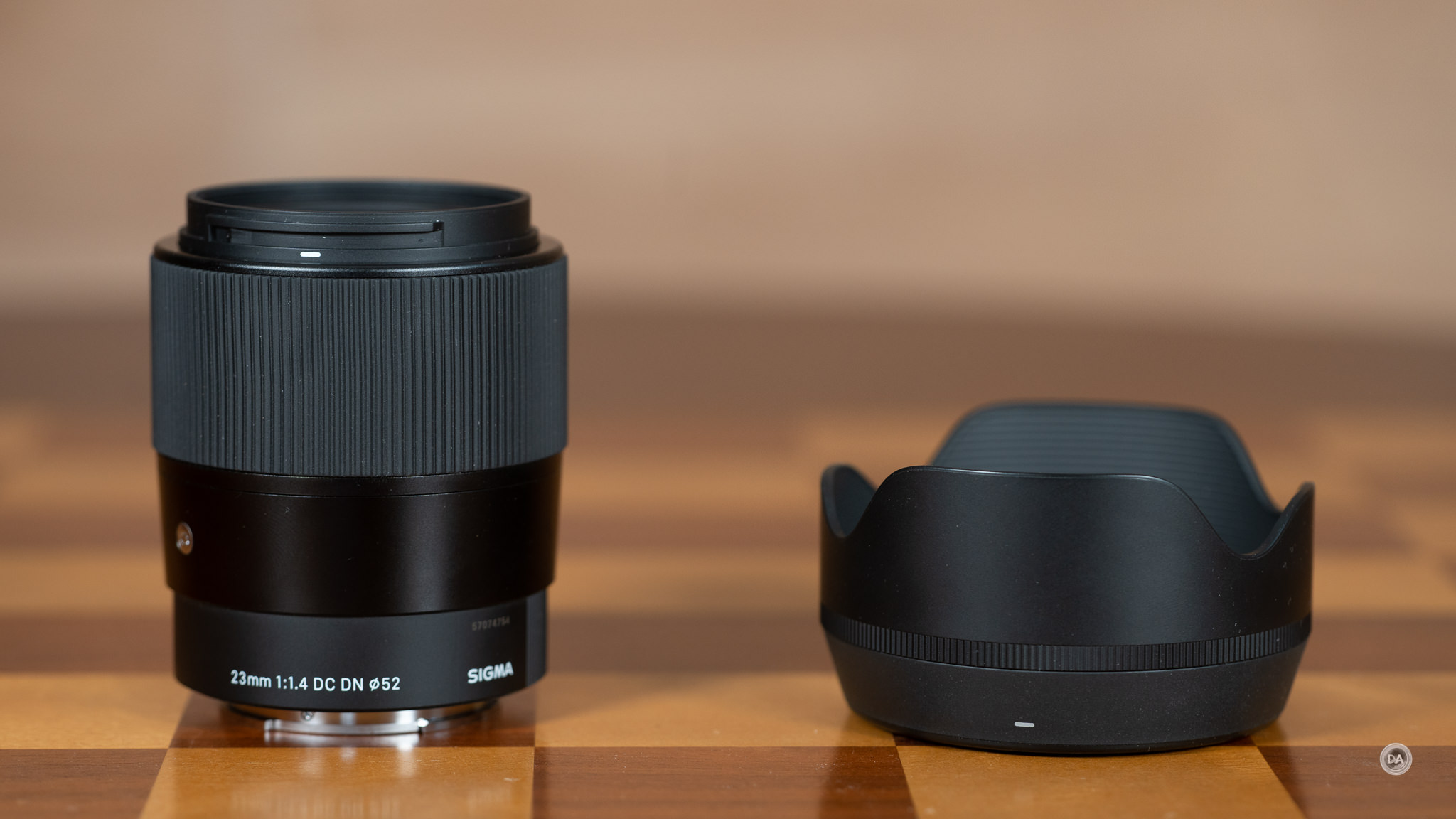

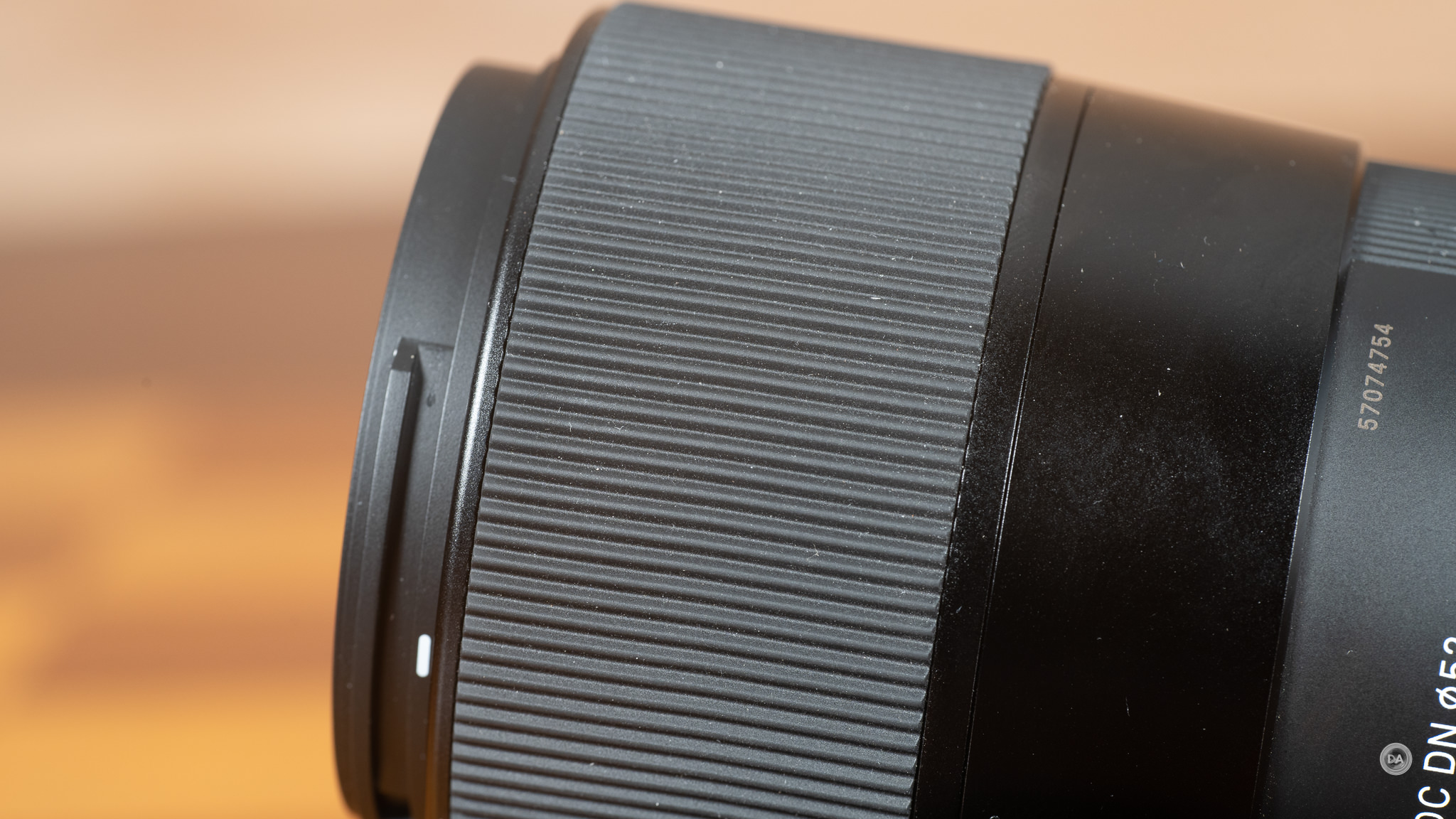

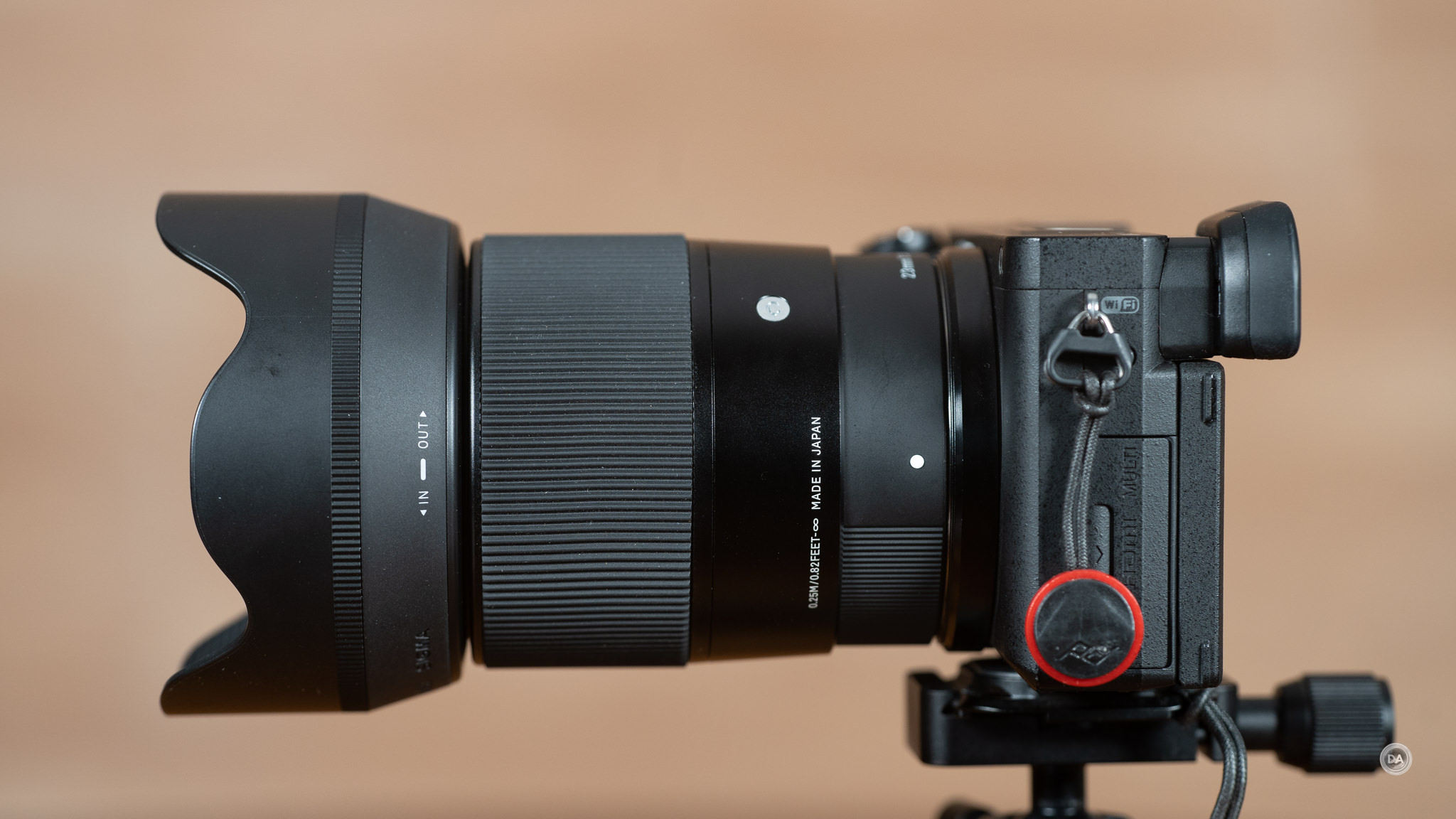

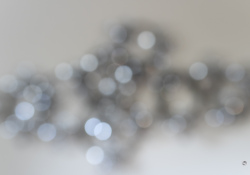
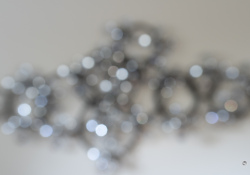
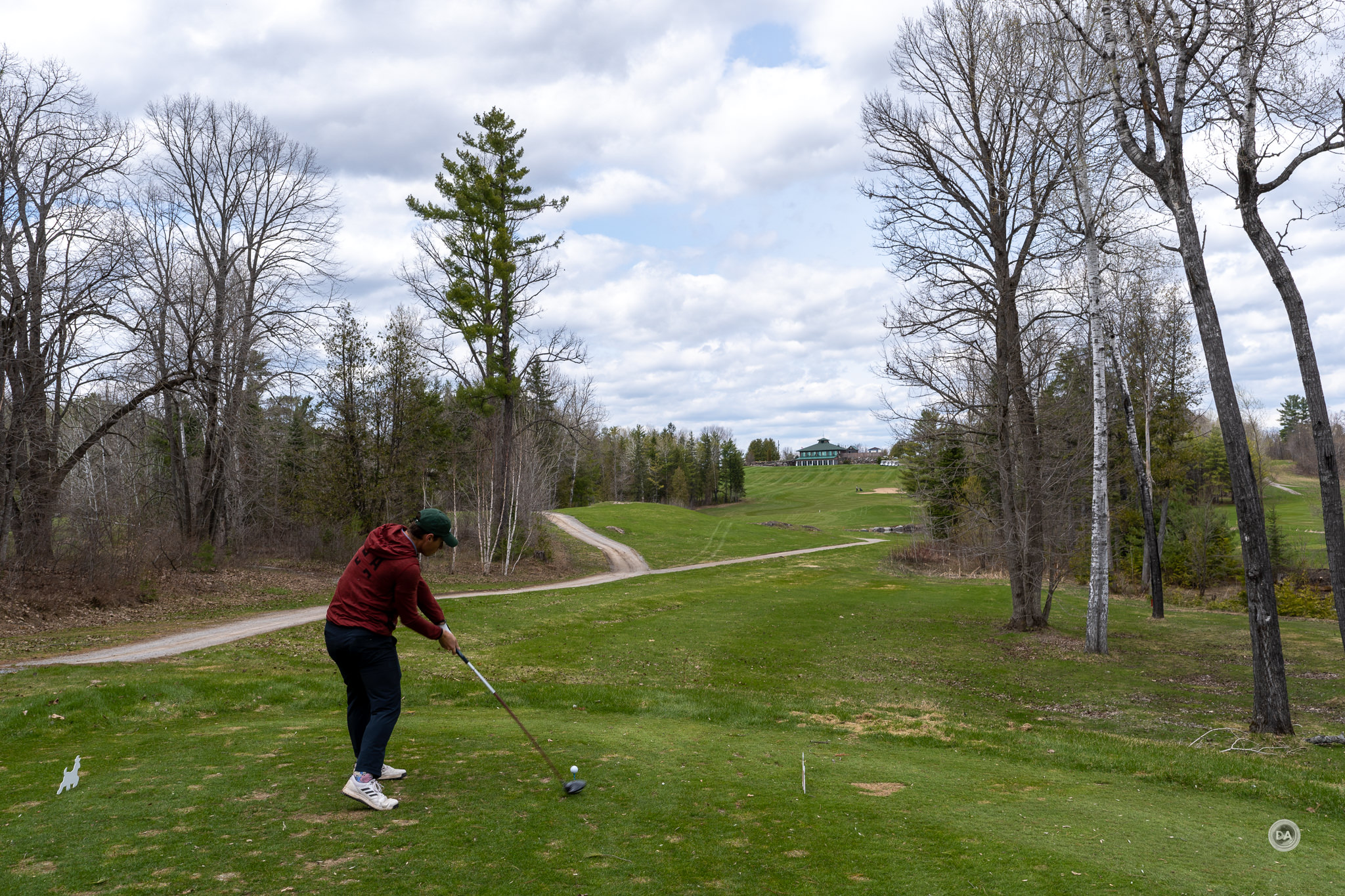



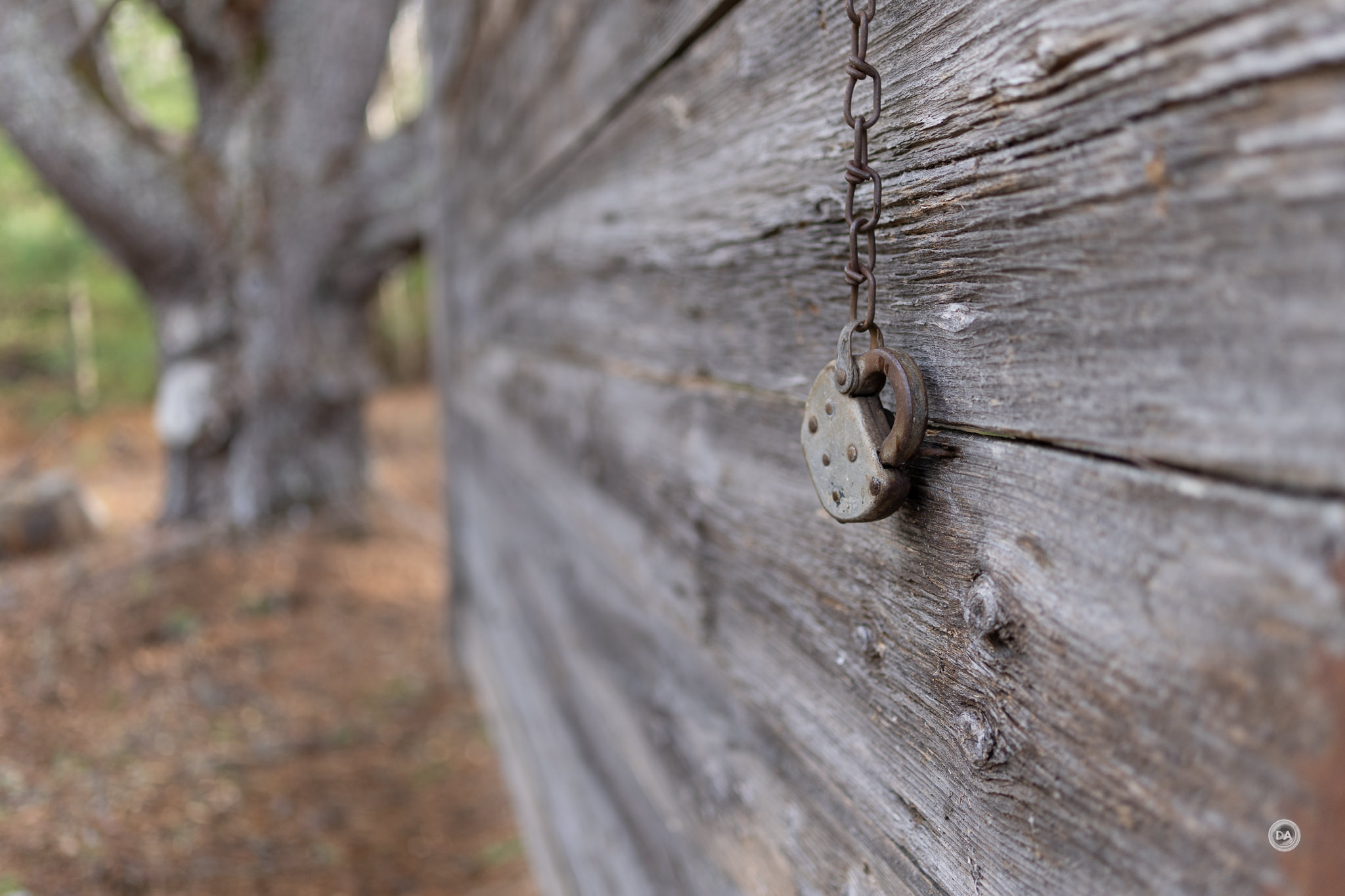



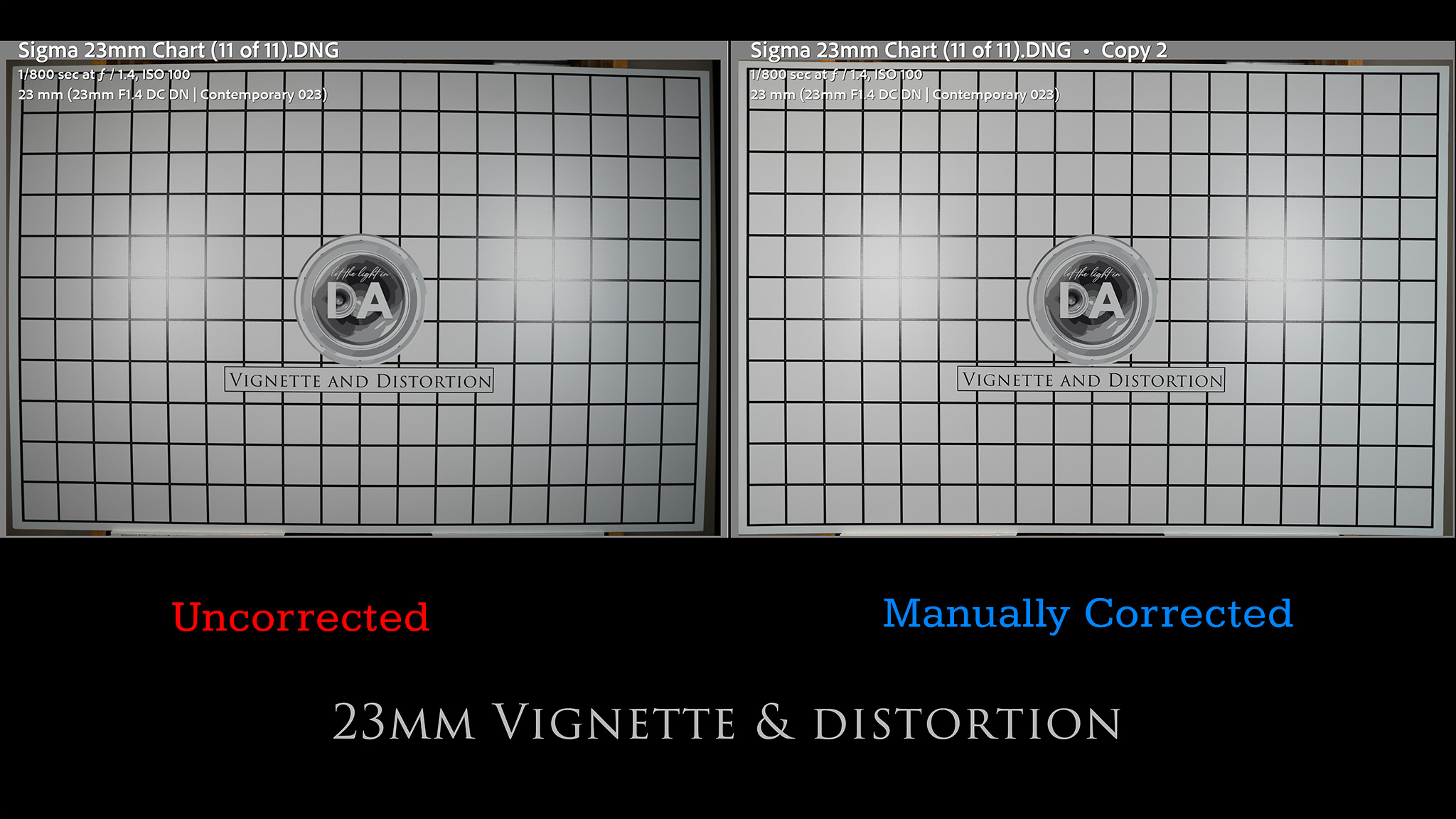
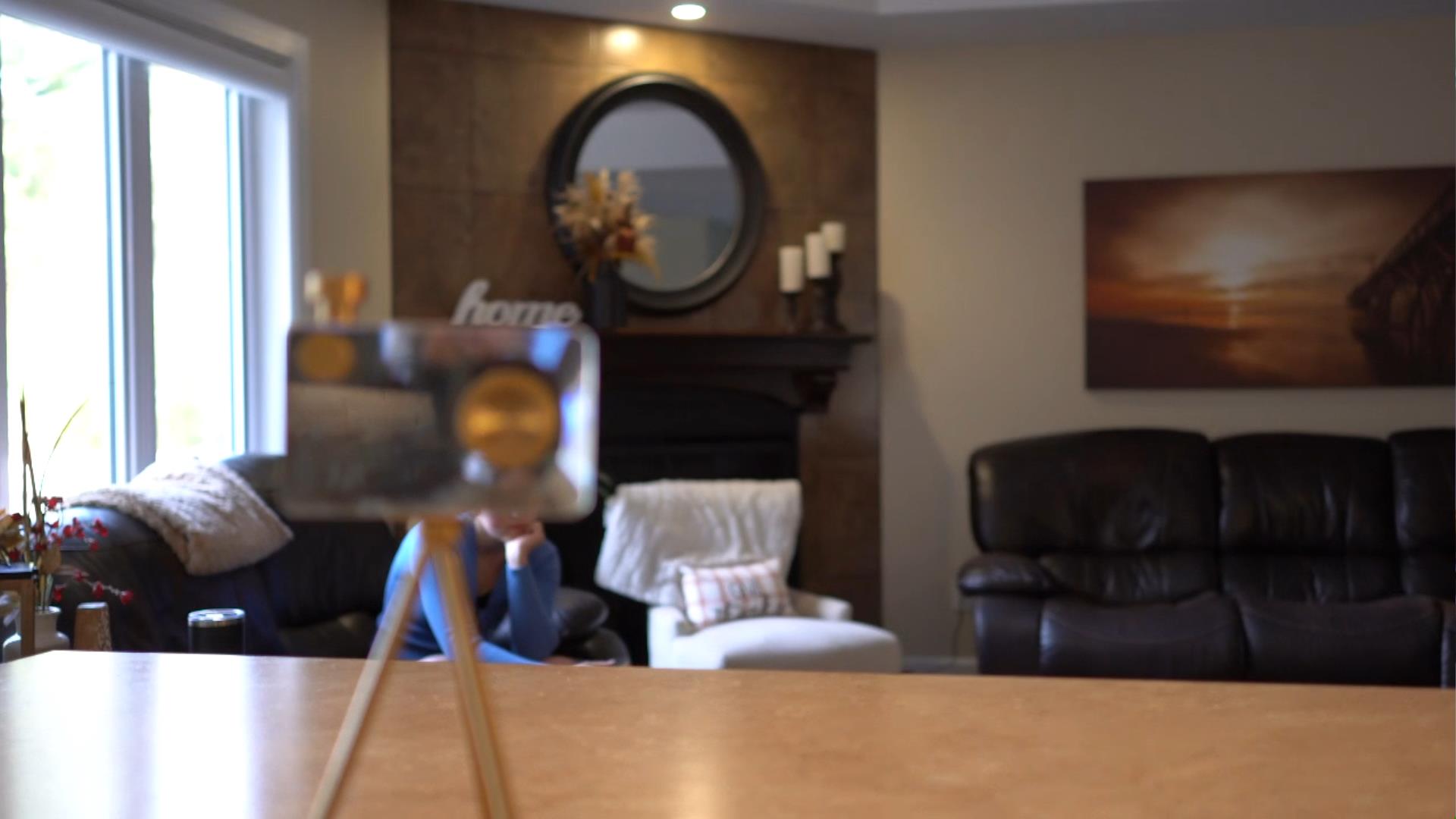

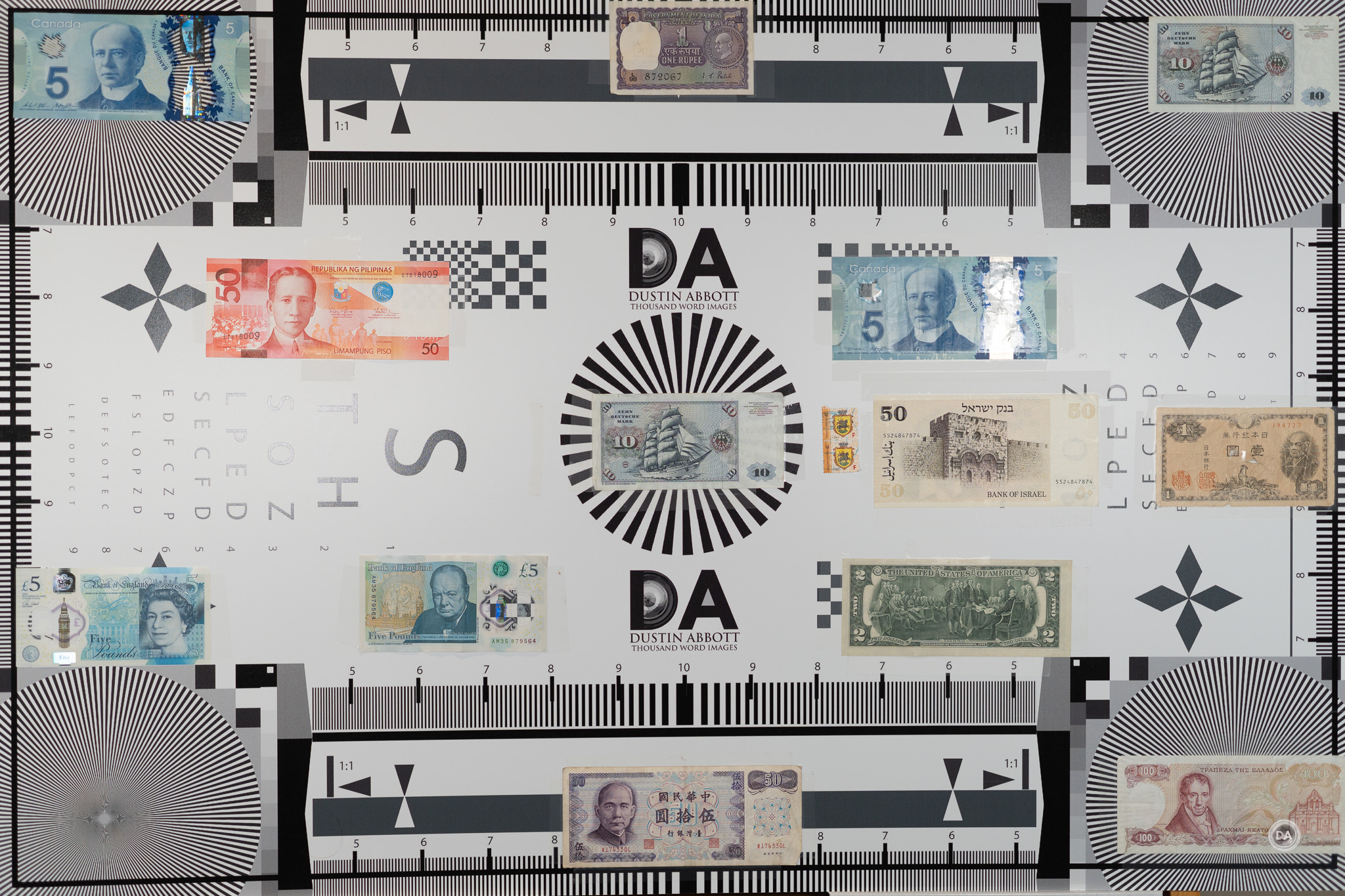








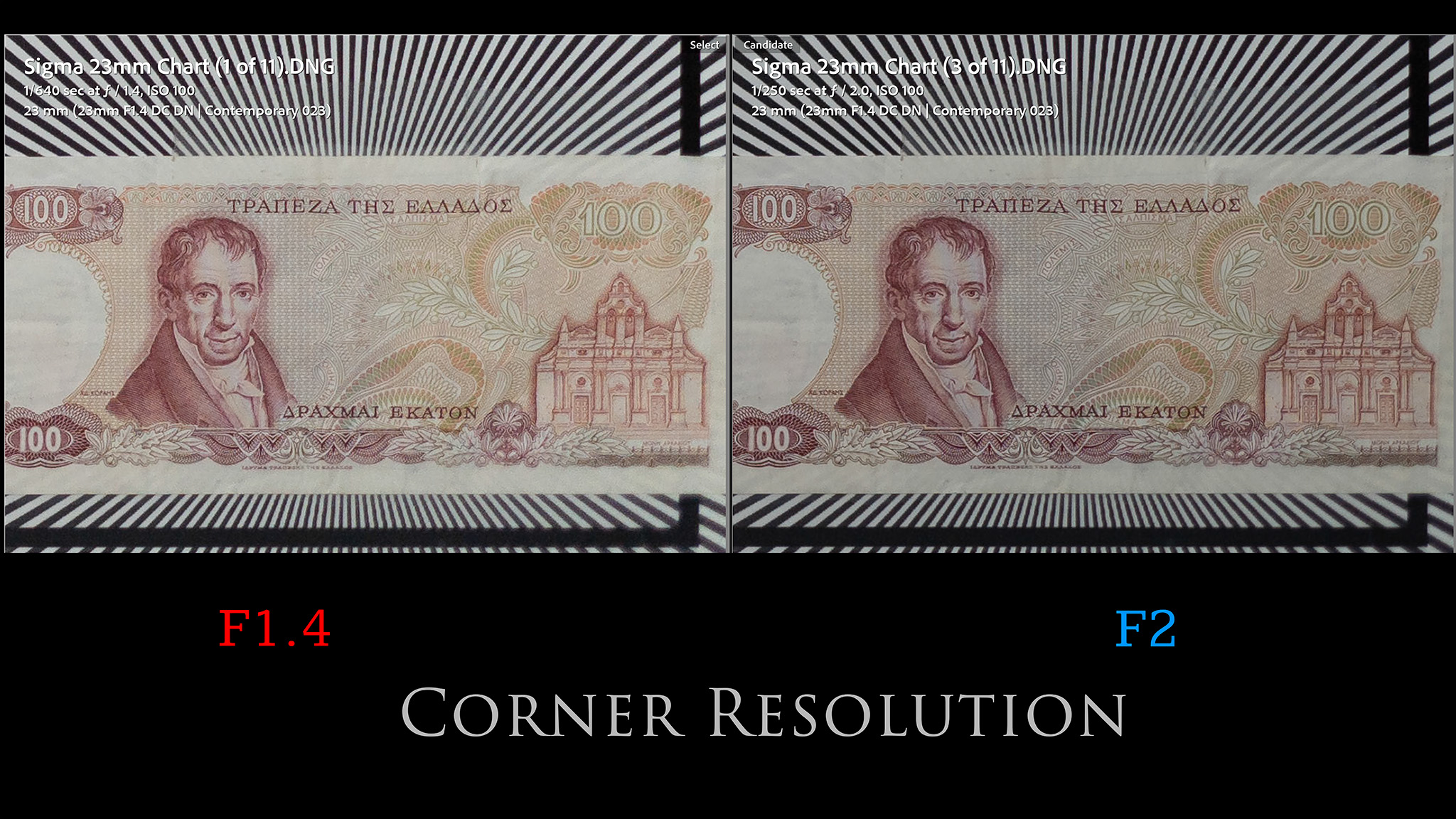






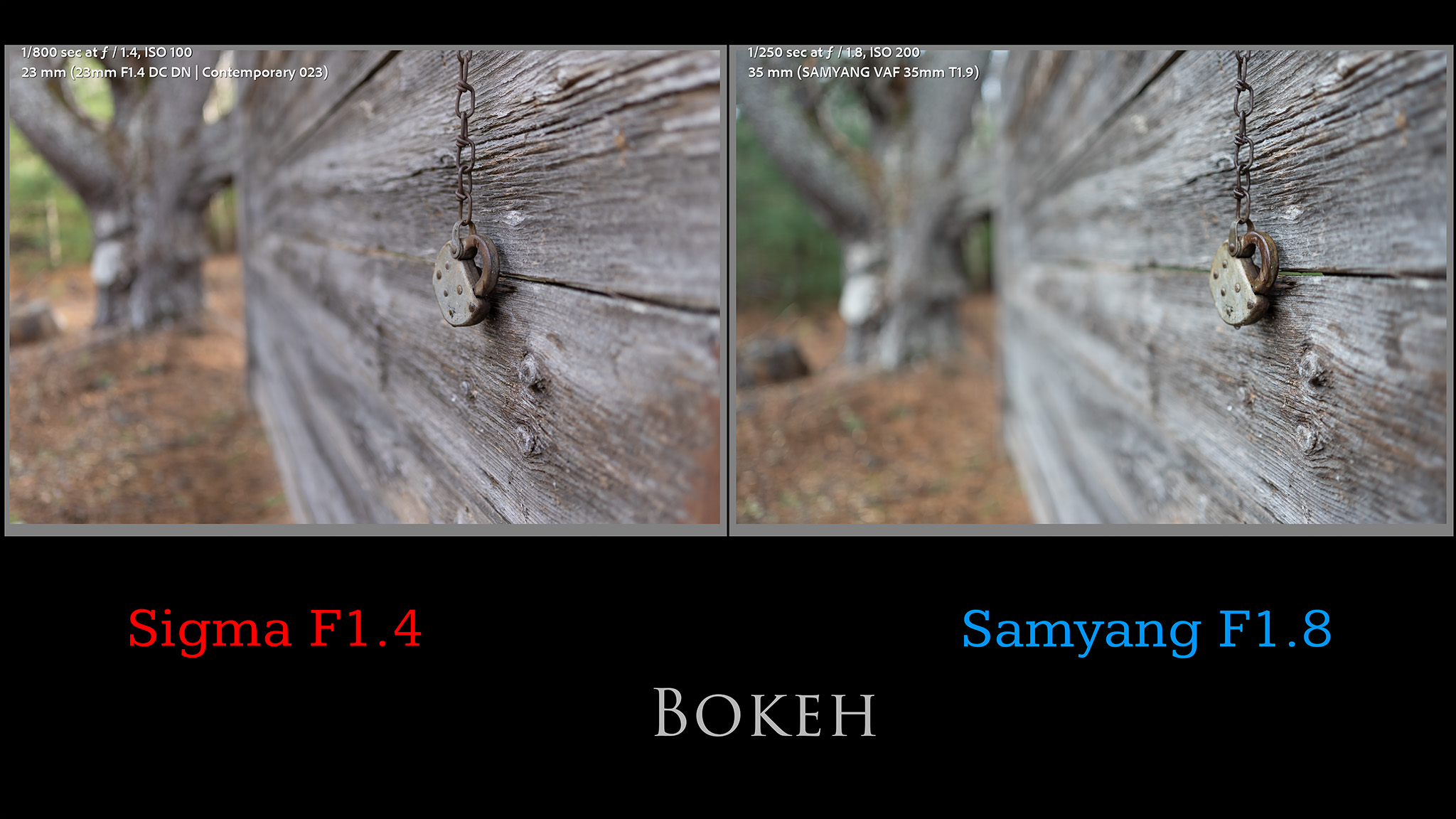






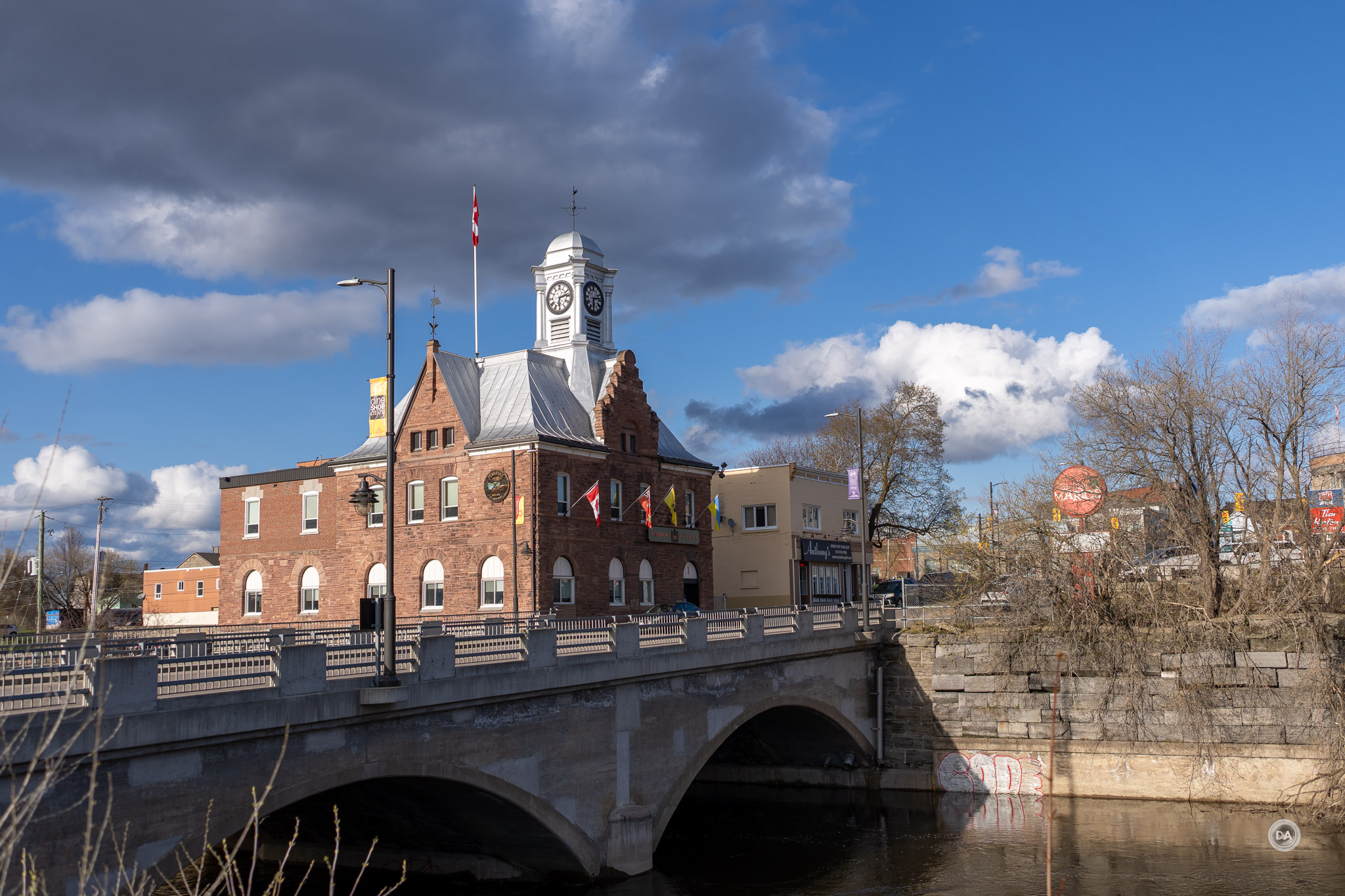
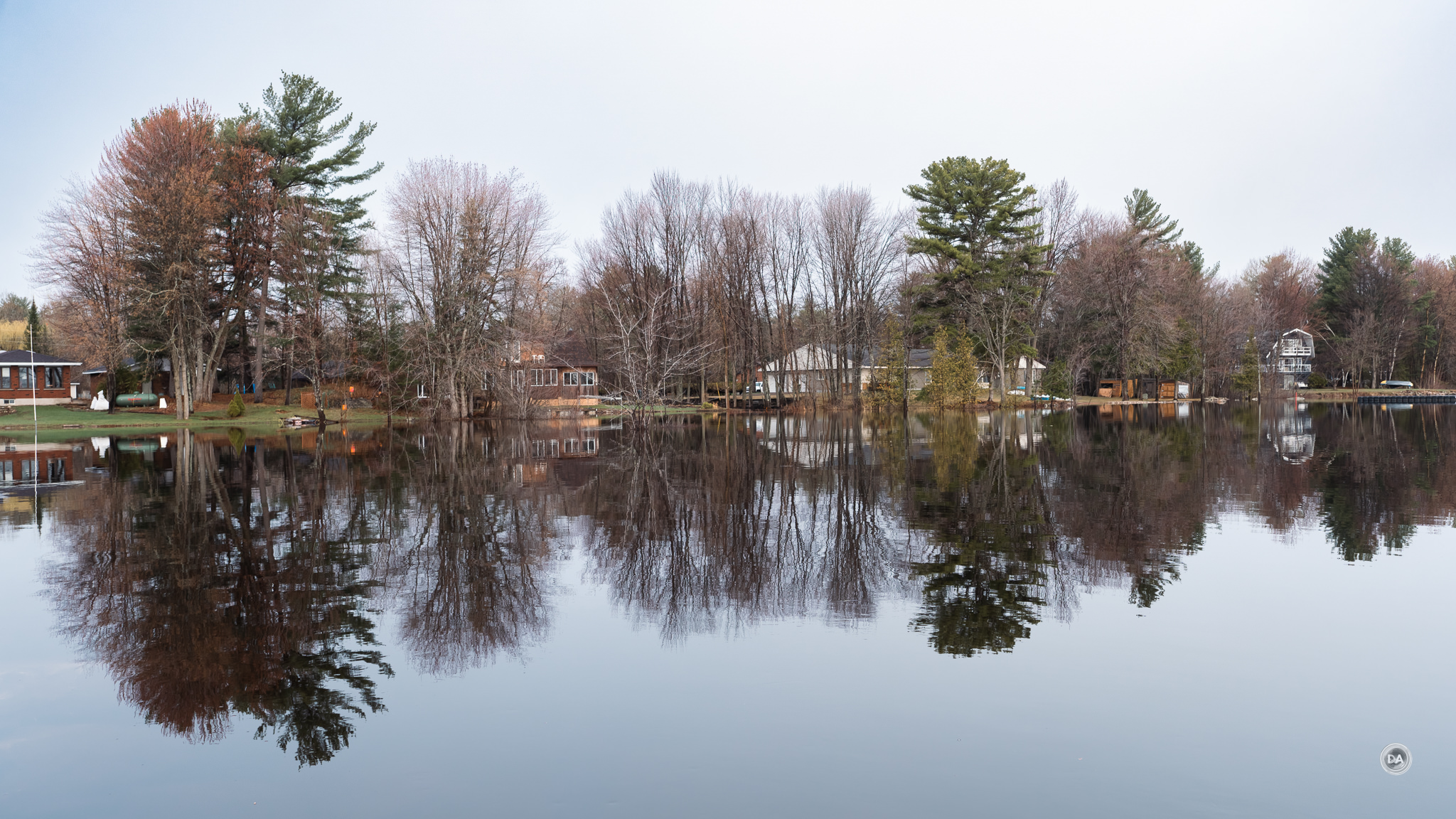

















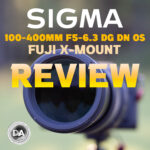
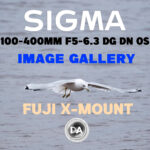
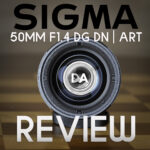
[…] year we’ve seen two important DC DN lenses, including the excellent 23mm F1.4 DC DN and this new 10-18mm DN, a wide angle zoom lens with a fast maximum aperture of F2.8. This will […]
[…] Sigma 23mm F1.4 […]
[…] Sigma 23mm F1.4 […]
[…] year we’ve seen two important DC DN lenses, including the excellent 23mm F1.4 DC DN and this new 10-18mm DN, a wide angle zoom lens with a fast maximum aperture of F2.8. This will […]